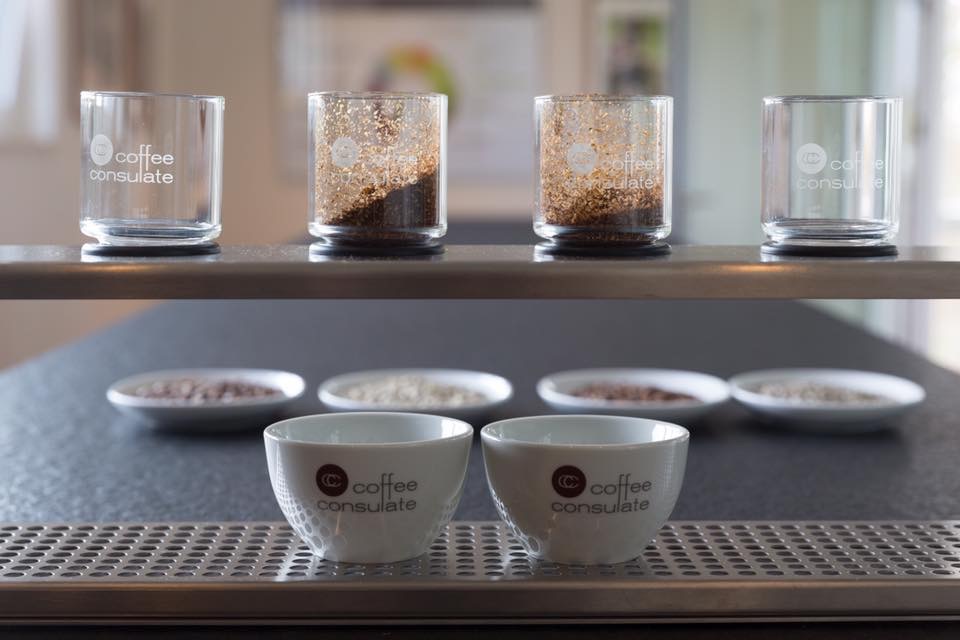Rethinking Coffee Extraction with RS-16
Coffee is unarguably one of the most consumed beverages in human societies. Along with that title, it also has the most diverse ways of preparation, a sign of cultural development of different ethnic groups from various regions over centuries. However, as coffee culture raised again in popularity as the Third Wave, it has been met with modern science, which tries to explain and standardised the best way of coffee extraction. Scientific improvements while carrying the artisanal coffee brewing to the next level, it also seems to inevitably reflect the irrelevance of brewing methods that put on a show when it comes to actual, repeatable results.
The principle of coffee extraction lies in the control of variables. Taking out of the coffee elements that appeal to our senses and suppressing displeasing ones. Of course, taste is mostly subjective when it comes to what's appealing and what isn't.
Despite the variance from people to people, our judgment of taste is under constant influences of our surroundings. The RS-16 (initials of the creators Rieke-Zapp and Schwarz, 16 stands for 16 grams of ground coffee used in its brew recipe) is a glass coffee filter designed with this in mind.
The initial R&D of this product’s material was surrounding the principles of coffee filtration; what to let pass and what to leave behind. The aromatic properties of coffee are mostly water and fat soluble (some are said to be alcohol soluble).
Apart from sugar and fines, fat and lipids are the main components that contribute to the richness of coffee’s mouthfeel. They also play a crucial role in the aftertaste as they coat in the mouth, even after the liquid has been swallowed, and then gets evaporated by our body warmth, creating lingering aromas in the process.
Paper filters are known to produce a “cleaner cup”, but they also retain certain unique aromatic compounds that are only found in lipids and some of the sugars. It also leaves behind a papery odour foreign to the coffee even after multiple rinses. Thus the idea that paper filter brews a cleaner cup is questionable at large, and the sacrifices of flavour and body is considerable.
On the other hand, the RS-16 is a cylindrical glass filter that has specially designed holes to allow the passage of both water and fat soluble particles. By grinding coarser, the coffee bed forms a layer above holes that becomes its own filter. Filtering coffee with coffee. No foreign odour whatsoever.
When it comes to the shape of brewers in geometric terms, any “V” shape brewer has concentrate pressure at the very bottom. However one pours from the top changes very little in improving the evenness and consistency of each extraction. Channelling is also very common in such cases, where water bypasses through the edge of the filter.
A cylindrical brewer, on the other hand, accommodates an even gravimetric pressure due to its shape; given that water is being added gently on top. Compared to traditional cupping methods which have a sampling challenge that some of the flavourful parts get sunk to the bottom with the coffee ground which is inaccessible by copper, filtration helps to extract coffee more completely into the cup with very little sediments.
The RS-16 was designed to use a consistent brew ratio of 16 grams of coarsely ground coffee to 200 grams of water which should drip for four to six minutes. High brew strength but low extraction rate. This helps to bring out the characters of any coffee while minimising bitterness or other unpleasant parts of the coffee.
Tackling fundamental issues of noise and inconsistency when extracting coffee in the designing phase helps to bring out a cup of good coffee with more complete flavours and longer aftertaste without complicated pouring methods or addon processes. Less mysterious and more down to earth.





